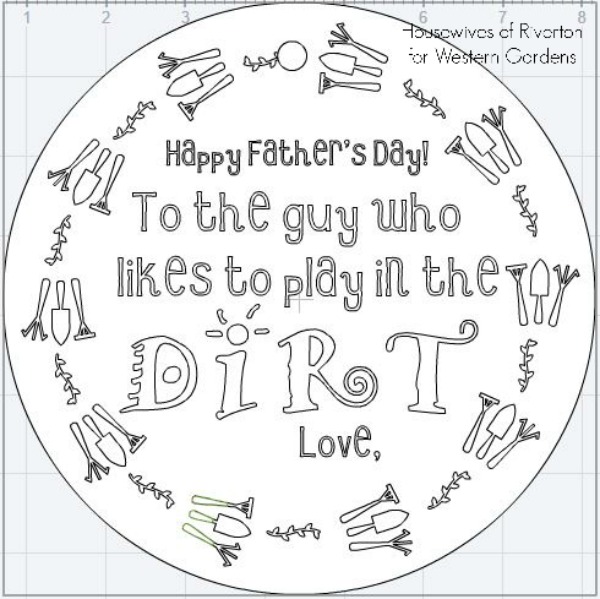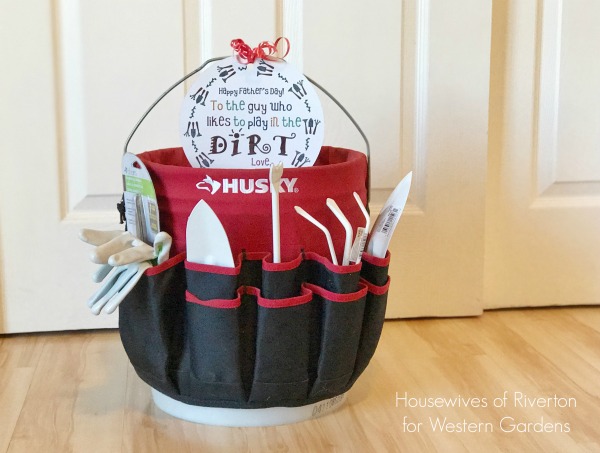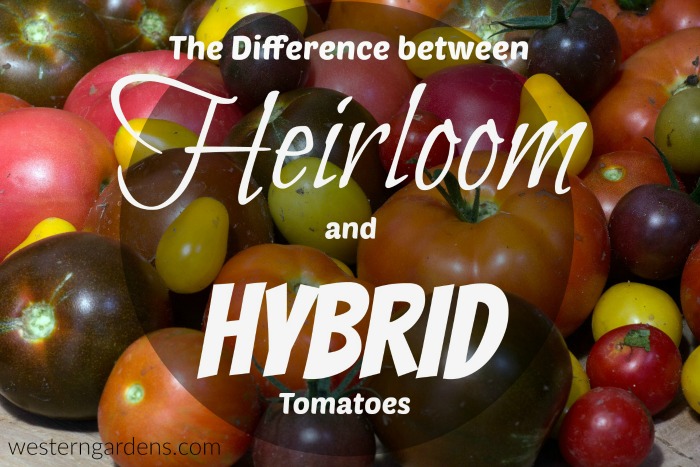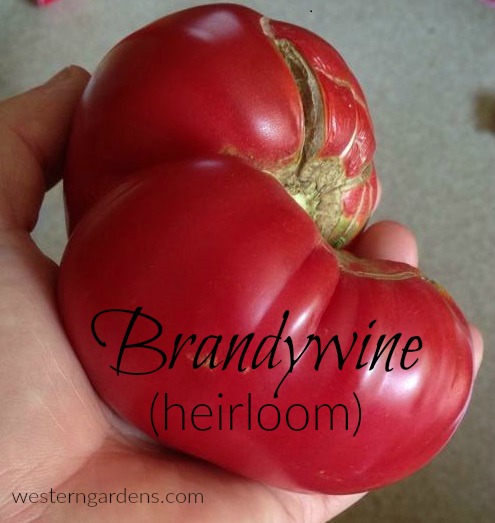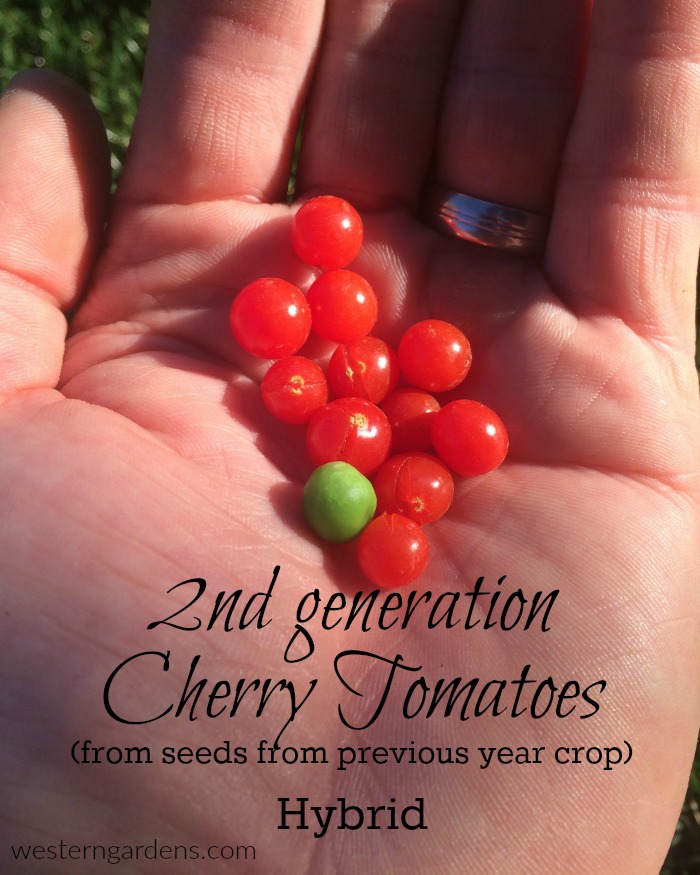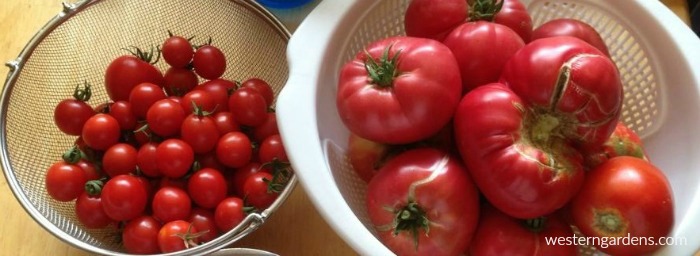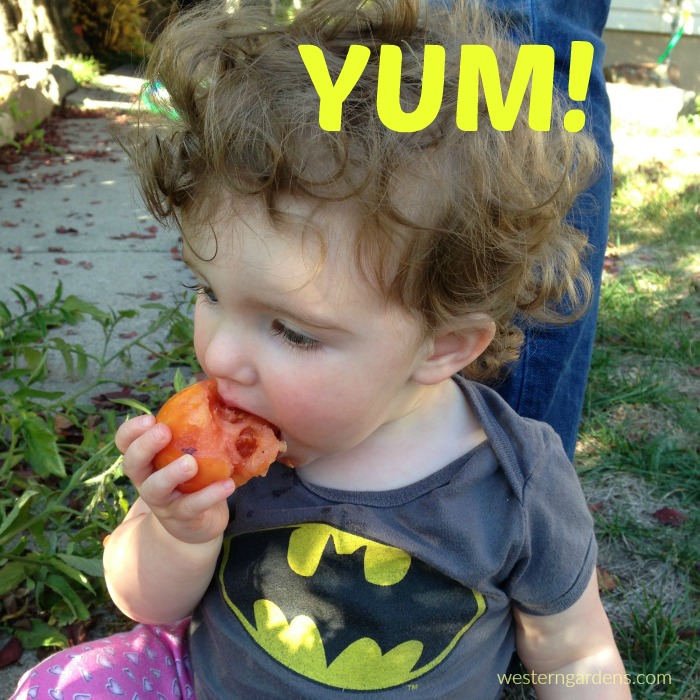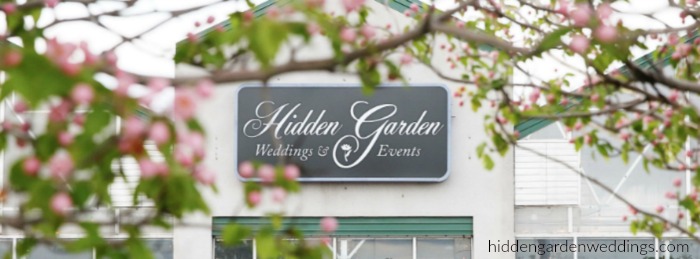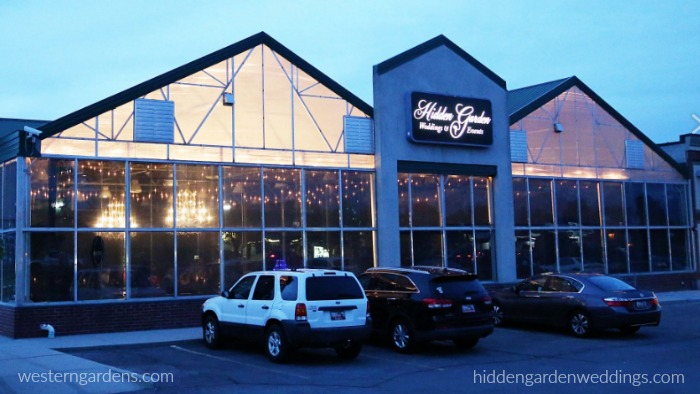Welcome, Friends! Glad you’re here for some tips to organically manage those pesky harmful garden insects so you’ll have produce left to harvest!
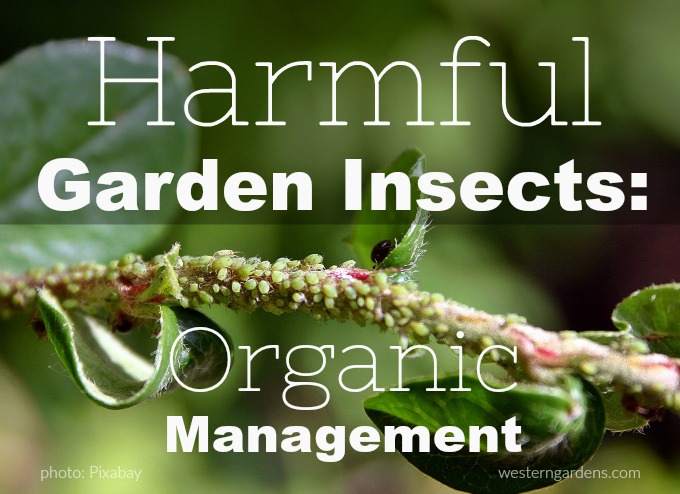
All yards and allotments will have harmful garden insects every year; it’s part of nature. These insects need to eat in order to feed the beneficial insects. Eliminating ALL the harmful insects from your garden would be time, labor, and resource intensive. You also run the risk of depleting the food source for beneficial insects and other animals that feed on the harmful critters.
Wise Goal – An important and wise goal is to control the harmful garden insects enough to reduce the damage to your garden to a manageable level. Meaning that by harvest time, there is something left for you to eat. Losing one or two tomatoes is manageable and probably hardly noticed, but an entire decimated crop means there’s a problem to address.
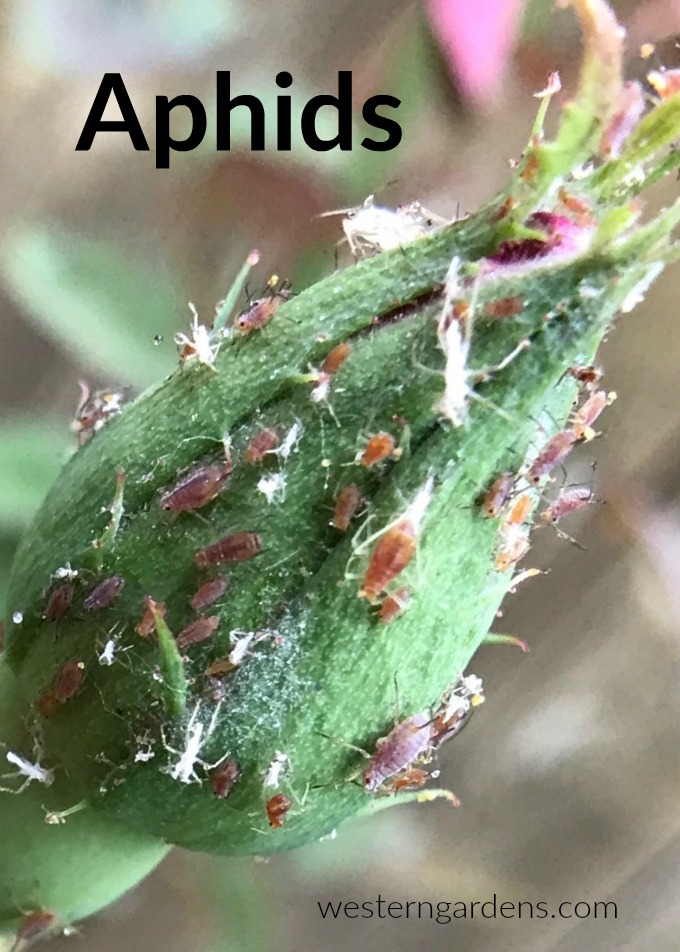
Aphids – One year we had aphids on our herbs which was easily treated by spraying the affected plants with neem oil, a wonderful organic product found at Western Gardens. This significantly reduced the number of bugs. They were further kept at bay by some helpful ladybugs, also found at your garden shop.
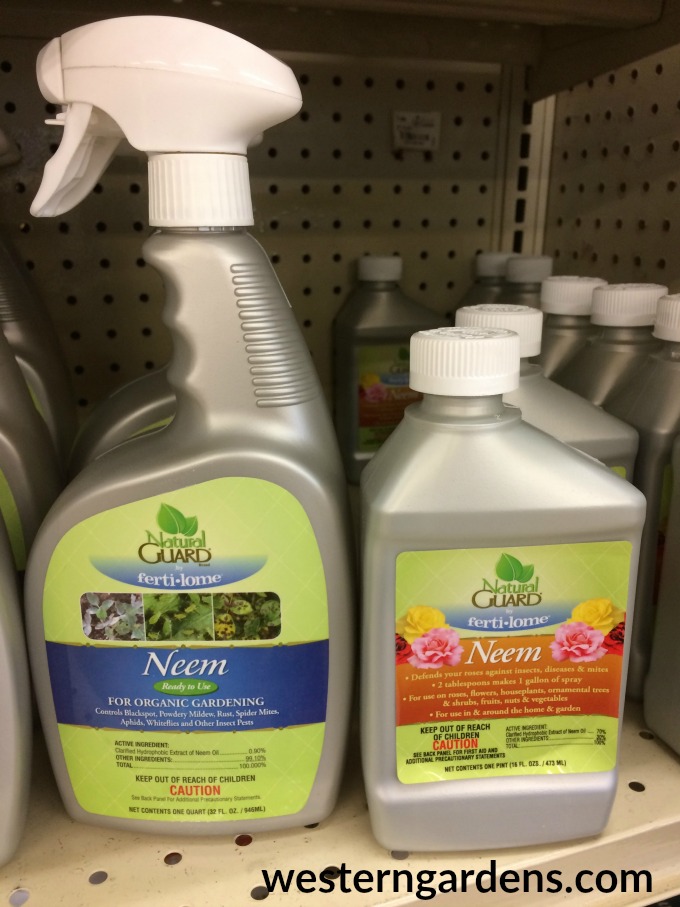
We were careful to thoroughly wash our herbs before eating them to remove any remaining aphids. Washing anything you harvest before eating it is always a good idea anyway.
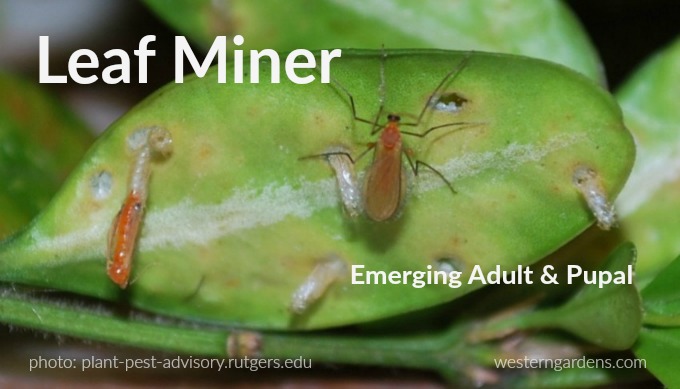
Leaf Miner – Last year, our challenge was leaf miner larvae on our Swiss chard. In this case, we simply discarded any leaves that had been extensively chewed. Otherwise, we snipped off the parts that didn’t look as appetizing, like anything that had a visible egg attached to it (usually on the underside of the leaves), washed everything, and then enjoyed our tasty green salad.

This year, now that we know to look for the leaf miner eggs on the leaves, we were more attentive with our starts for our garden and inspected them daily, looking for them or other harmful garden insects. We found eggs on our pepper plants and did our best to remove them when the plants were small. We used a piece of duct tape wrapped around a finger to remove the eggs.
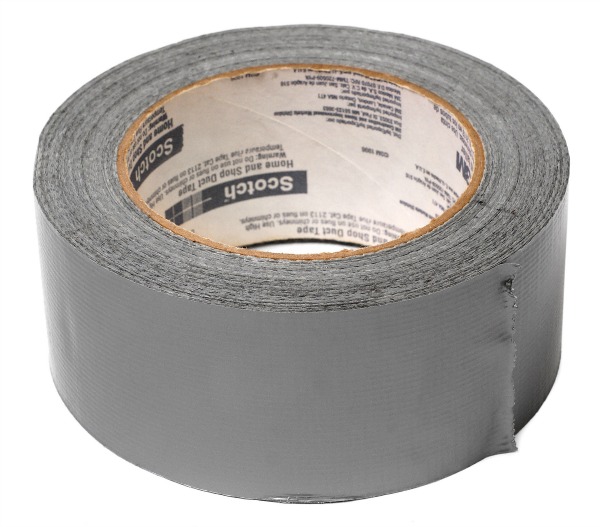
We found that using a gentle fingernail was still too rough for the tender young leaves, so gently touching the tiny eggs with the sticky duct tape easily lifted them off.

Once the plants were more mature and could withstand a little insect activity, we were less vigilant at egg removal, but still mindful of looking for eggs once in a while. Read more on homemade remedies for treating leaf miners by clicking here.
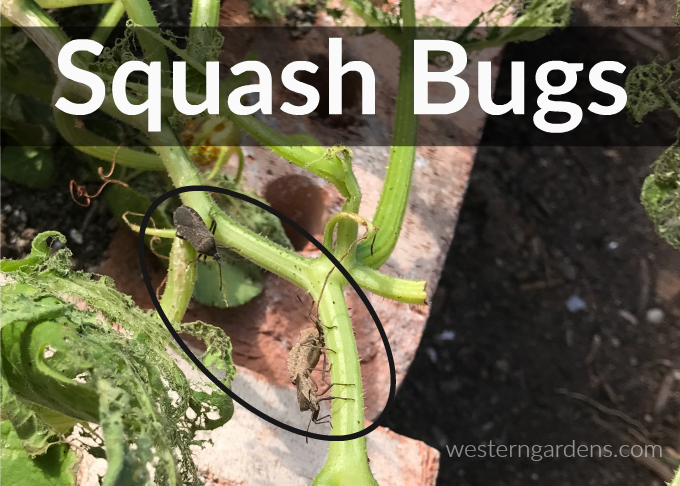
Squash Bug – This year, we planted pumpkins for the first time. We had heard of the dreaded squash bug and had been looking for them but hadn’t seen any damage to the plants. Then, just last week (late June), one of our pumpkin plants was nearly devoured overnight by something.
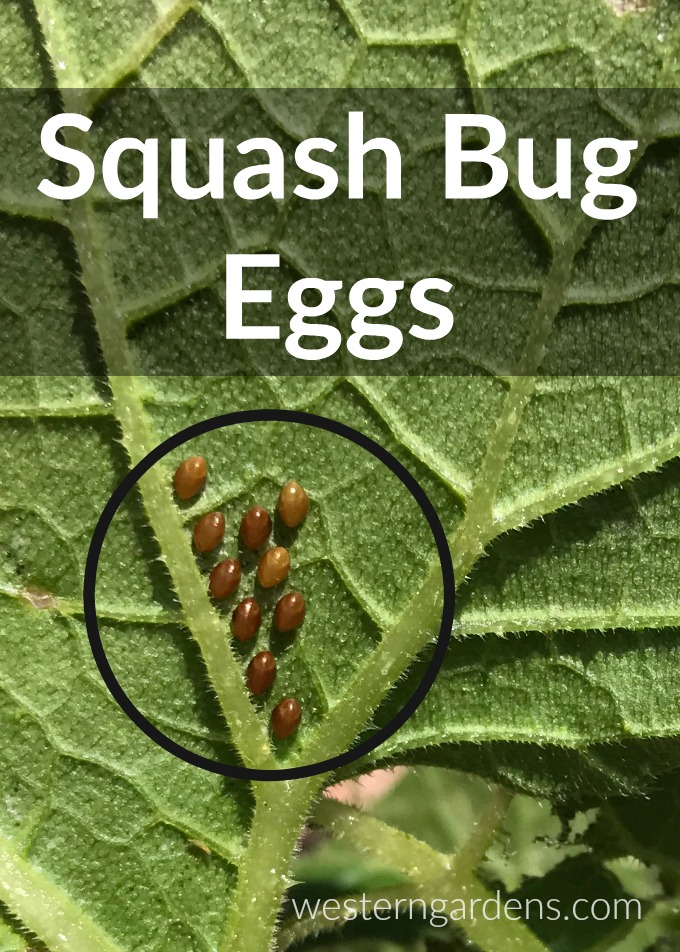
We assumed it was the infamous squash bug. This assumption was reinforced when, upon closer inspection of the plant, we found a mating pair of squash bugs with a third one waiting on the side-line and eggs attached to the underside of the remaining leaves and the stem. We posted photos of the damage to a Facebook gardening group and learned of some other likely culprits. That night my husband went out with a headlamp and a bottle of neem oil to investigate.
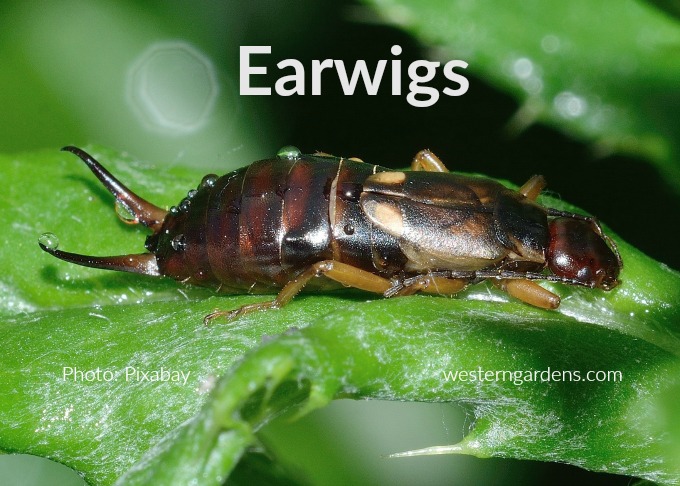
Earwigs – Someone suggested the damage looked like the work of earwigs. My husband found several earwigs eating on the plant and a swarm of them hiding in a nearby crevasse. Earwigs are a complicated insect in the garden. They are not only harmful, but also beneficial. They aid in breaking down organic matter (composting) and they also eat aphids and other harmful insects. However, when there are too many of them around a young susceptible plant, they can be very destructive. We could also see evidence of earwigs damage on a few leaves of nearby tomato plants. This minimal damage doesn’t pose a risk to a plant that has hundreds of leaves to perform. In comparison, the pumpkin plant had only a dozen leaves to start with and most of those were very damaged.
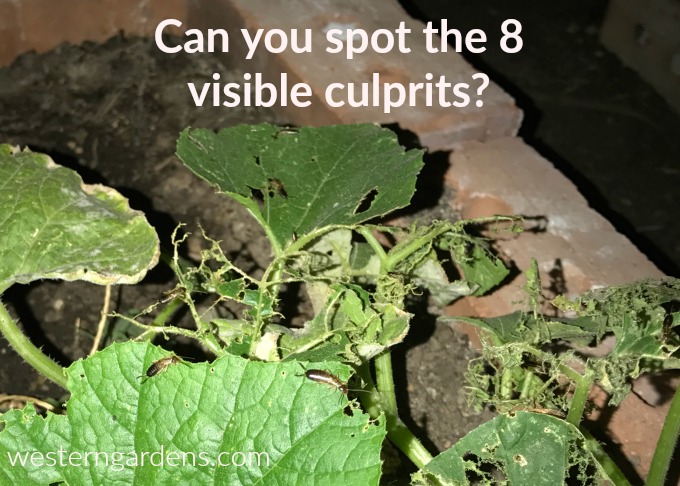
My husband sprayed neem oil on the earwigs on the plant, in the swarm nearby, and even in their nest. It’s still uncertain whether the plant will survive though it already shows signs of new growth. We monitor it closely to prevent another insect attack that would probably kill it.
Another organic alternative that works to kill earwigs is diatomaceous earth, which also now offers a nice dispensing bottle which helps cut down on waste and mess. Check it out at Western Gardens.
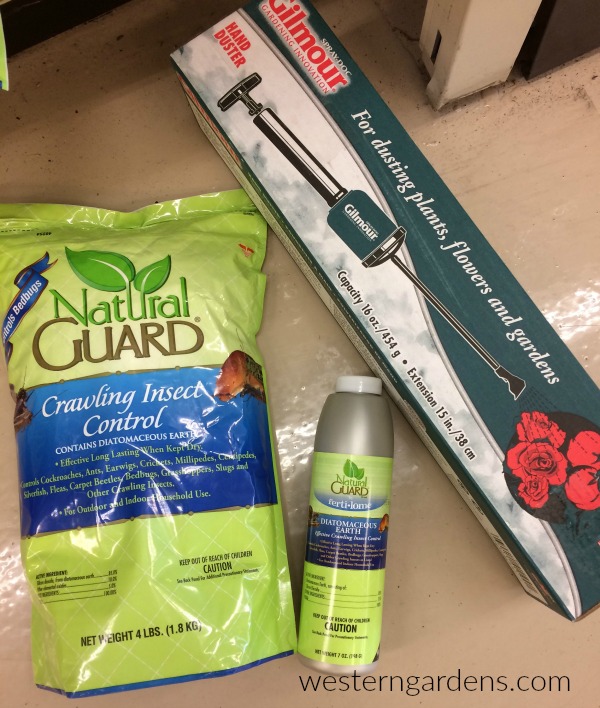
As for the squash bugs, not the main culprits to the pumpkin plant, they were probably snacking on it also. We’re still removing eggs as we find them (using the duct tape trick mentioned above) and killing any adults. Their numbers can quickly get out of hand. Again, diatomaceous earth works well to control squash bugs.
Beneficial vs Harmful Insects – Lady bugs, praying mantis, and birds are a few examples of creatures that feed on the harmful garden insects; hence, we like to see these around around the yard. When considering how to handle any harmful garden insects, the first reaction should generally not be total annihilation. Rather, try to reduce their numbers and also allow the beneficial insects and animals to do their part until the plant is mature enough to withstand the damage.
Good luck and happy hunting!
CLICK HERE to read about beneficial insects you want in your garden.
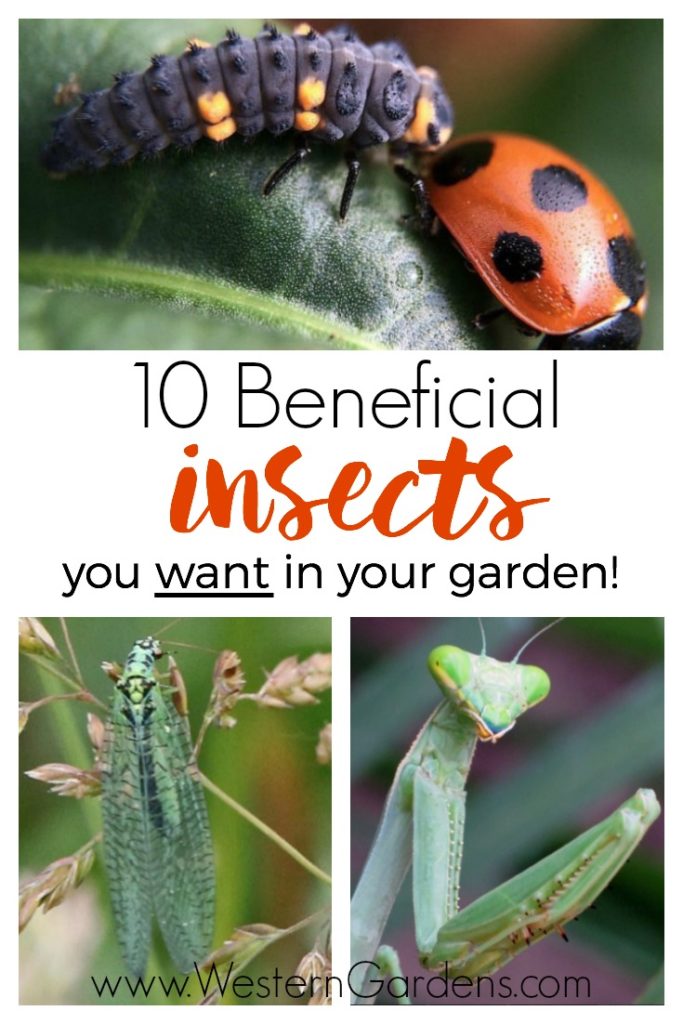
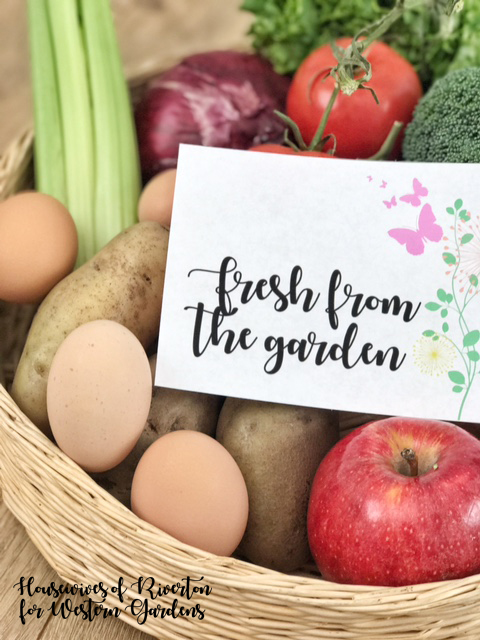
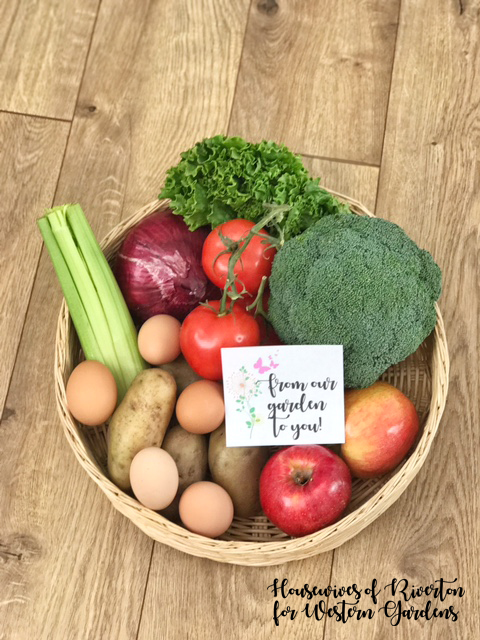


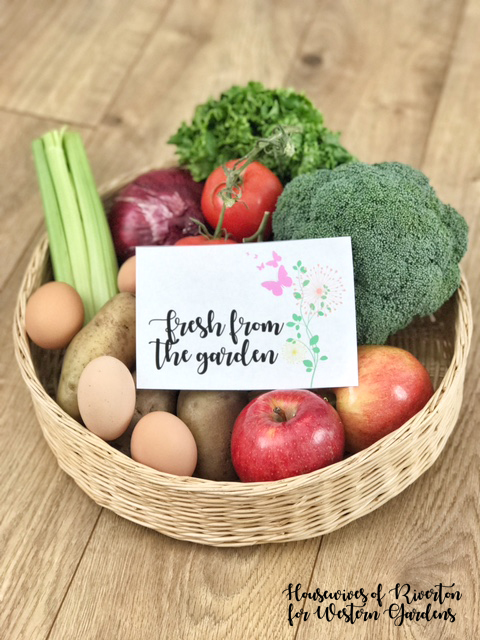

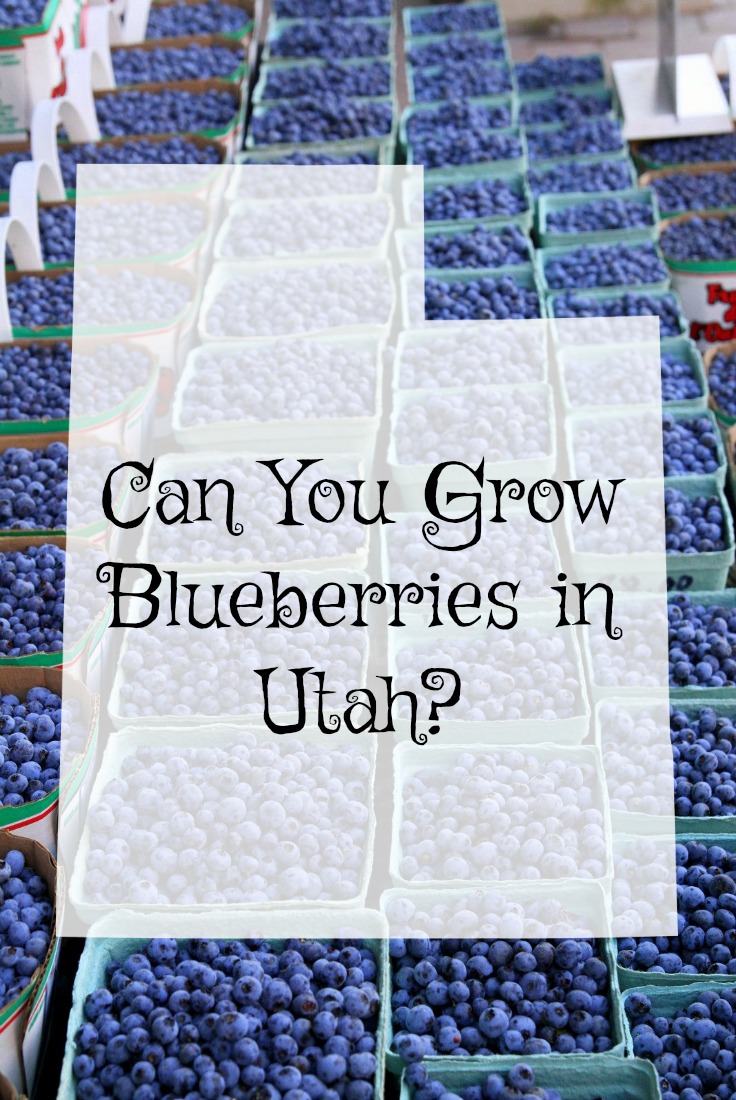
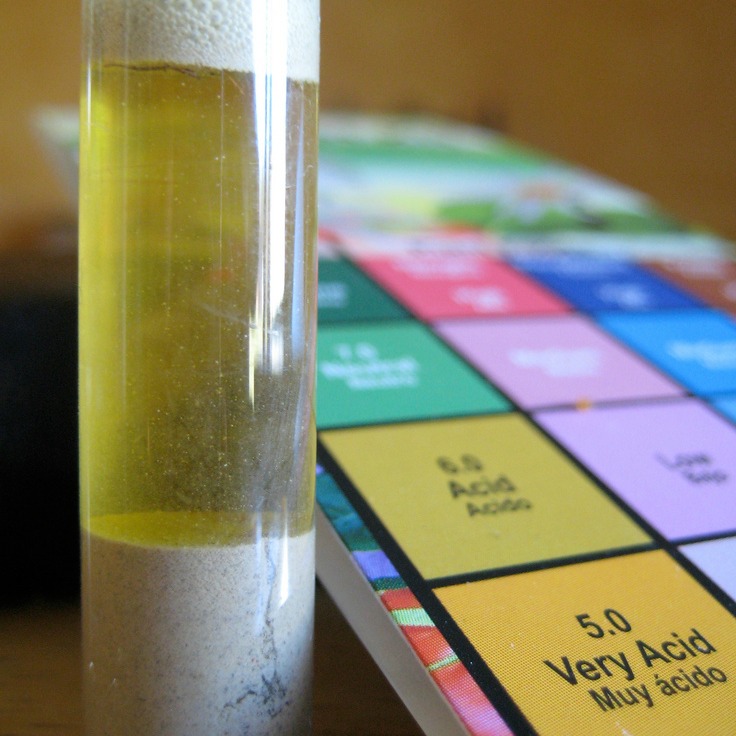
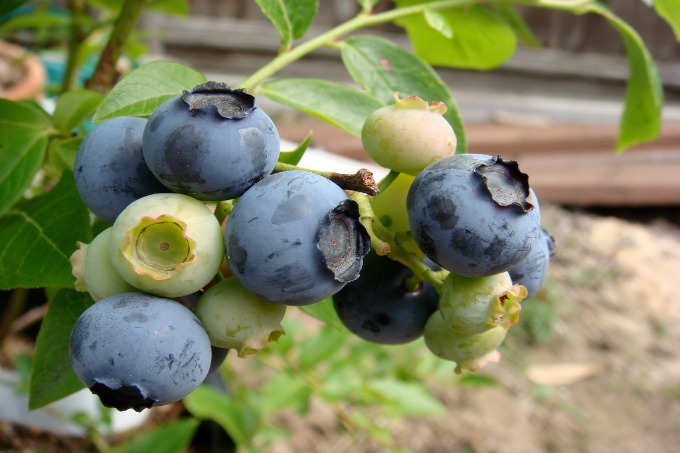
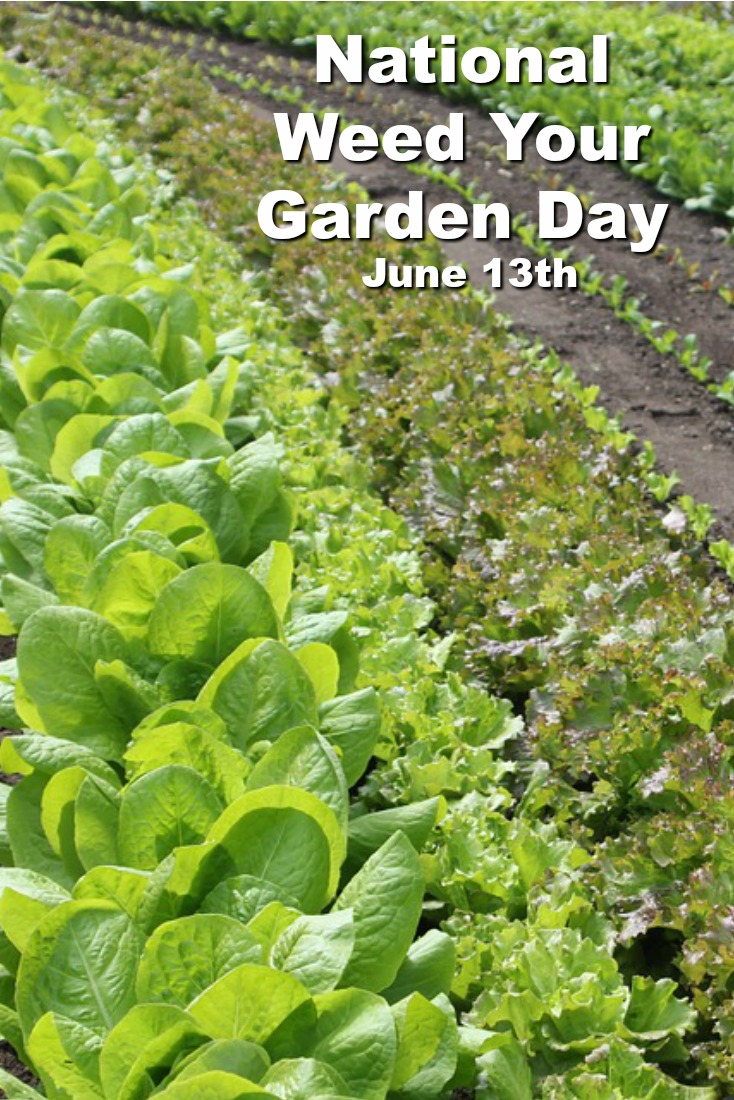
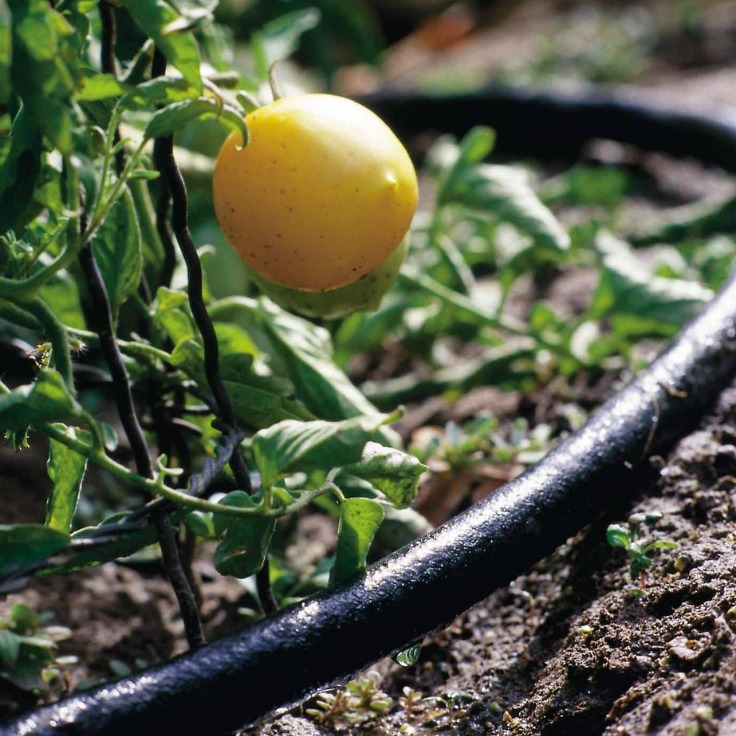
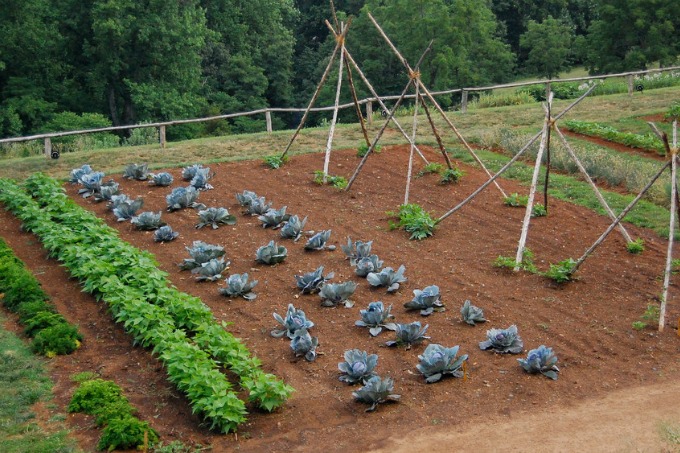
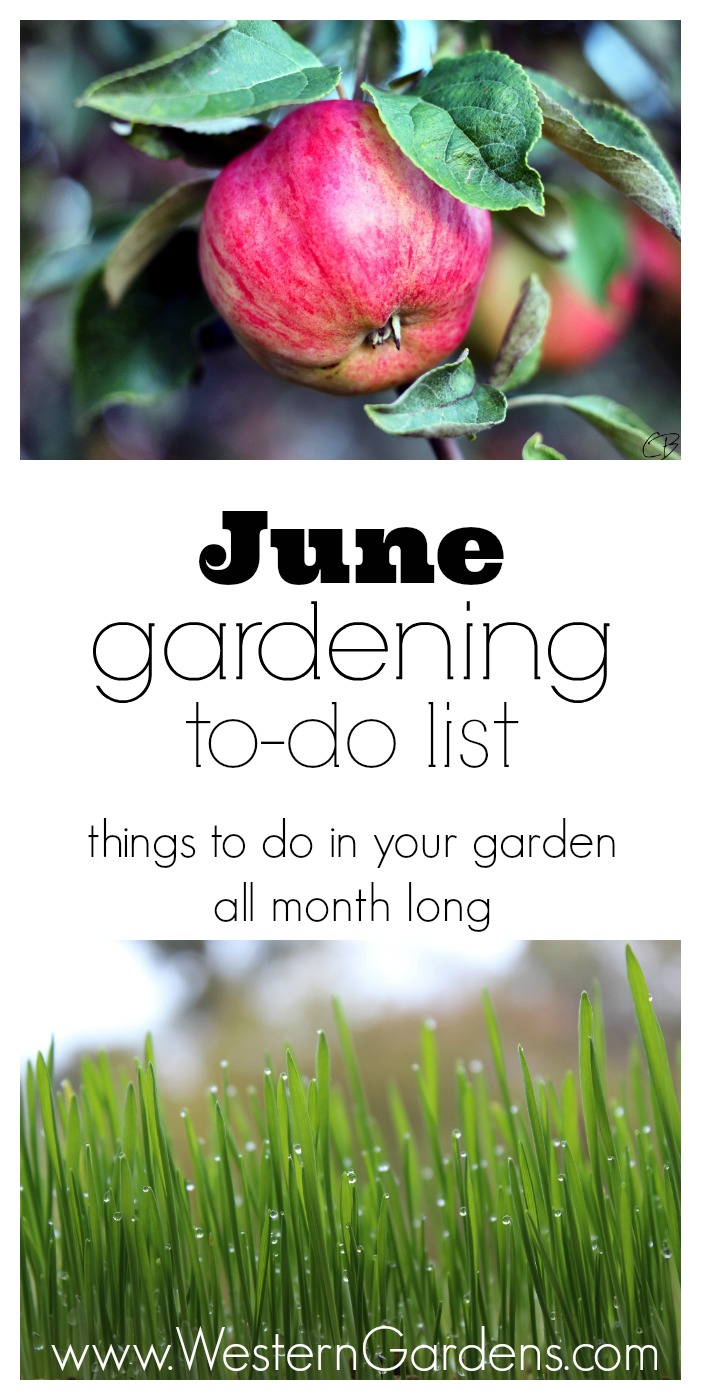

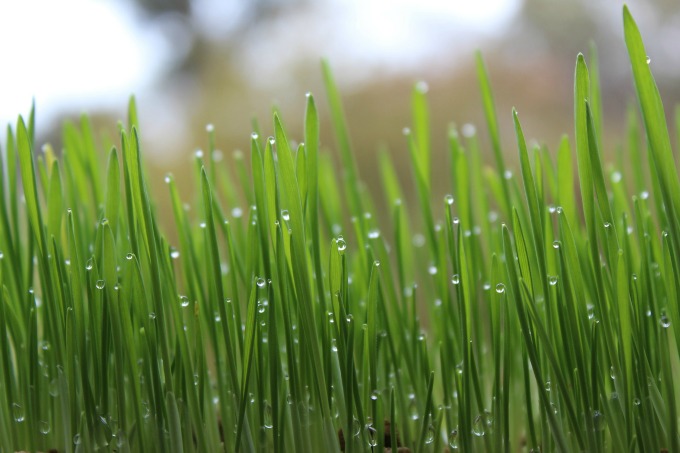
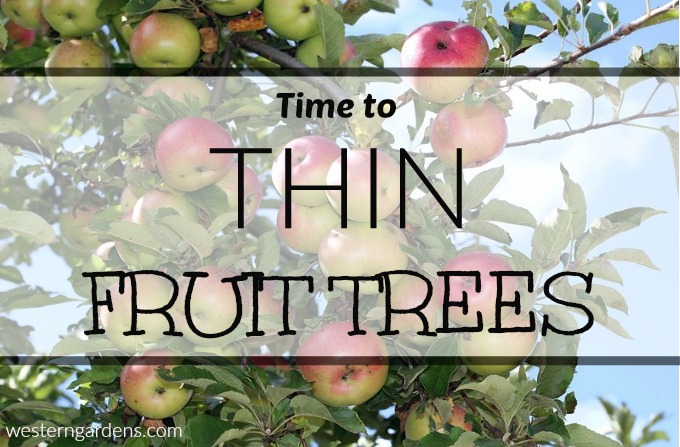
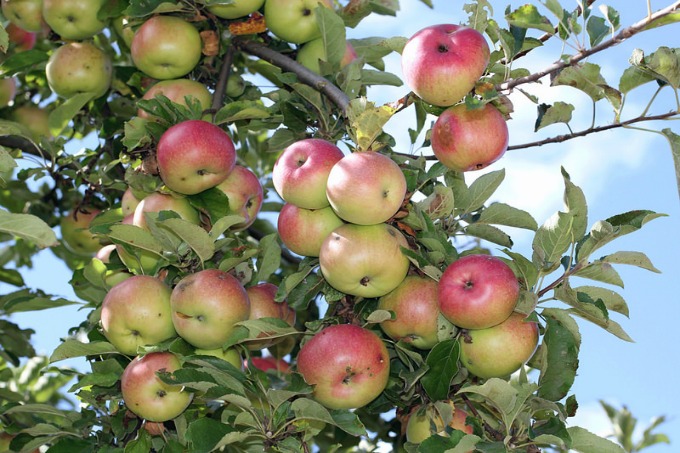
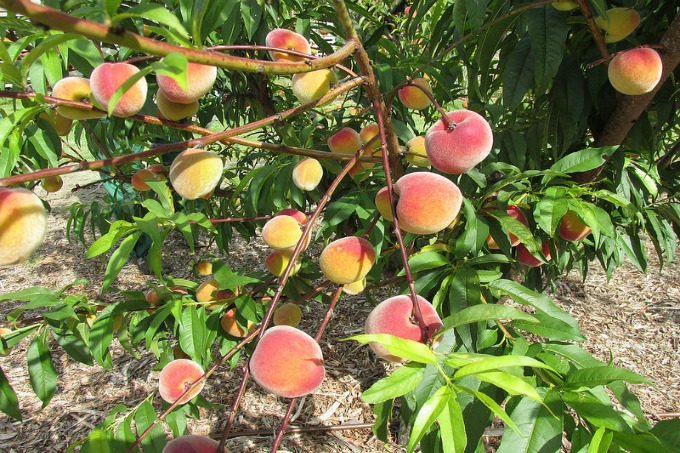

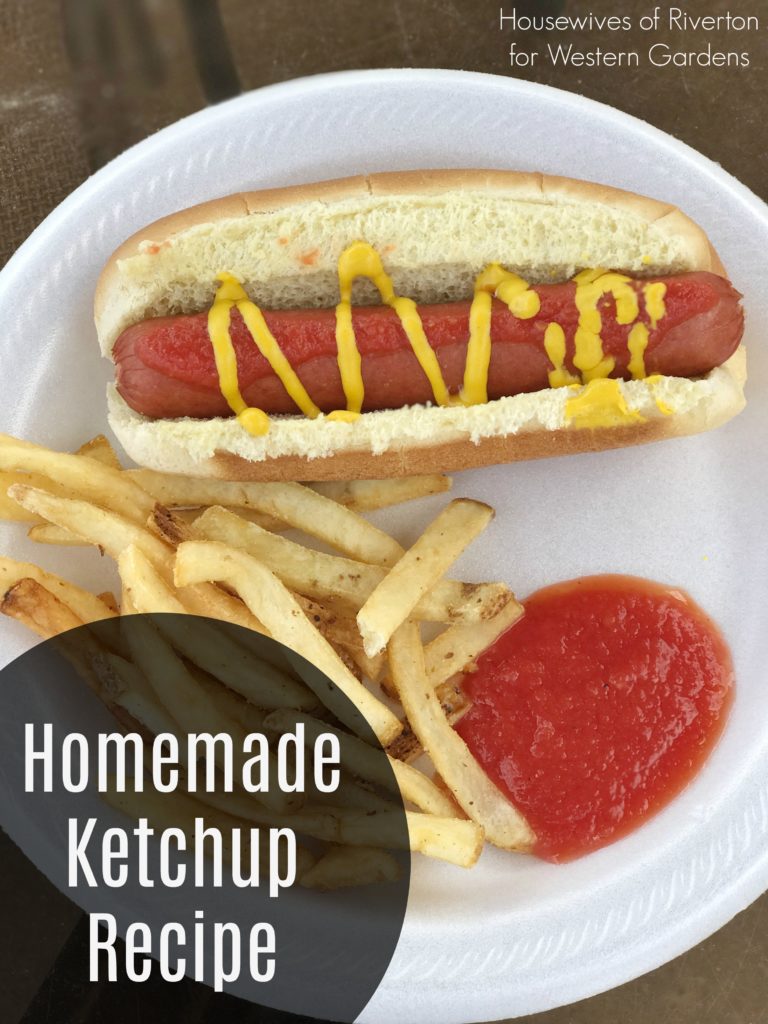 Are you looking forward to summertime and all the amazing foods summer brings? I love picnics and bbq-ing, basically anything that allows me to eat outside and on dishes I don’t have to wash afterward. One consistent condiment is ketchup, it seems like ketchup goes with just about every summertime meal.
Are you looking forward to summertime and all the amazing foods summer brings? I love picnics and bbq-ing, basically anything that allows me to eat outside and on dishes I don’t have to wash afterward. One consistent condiment is ketchup, it seems like ketchup goes with just about every summertime meal.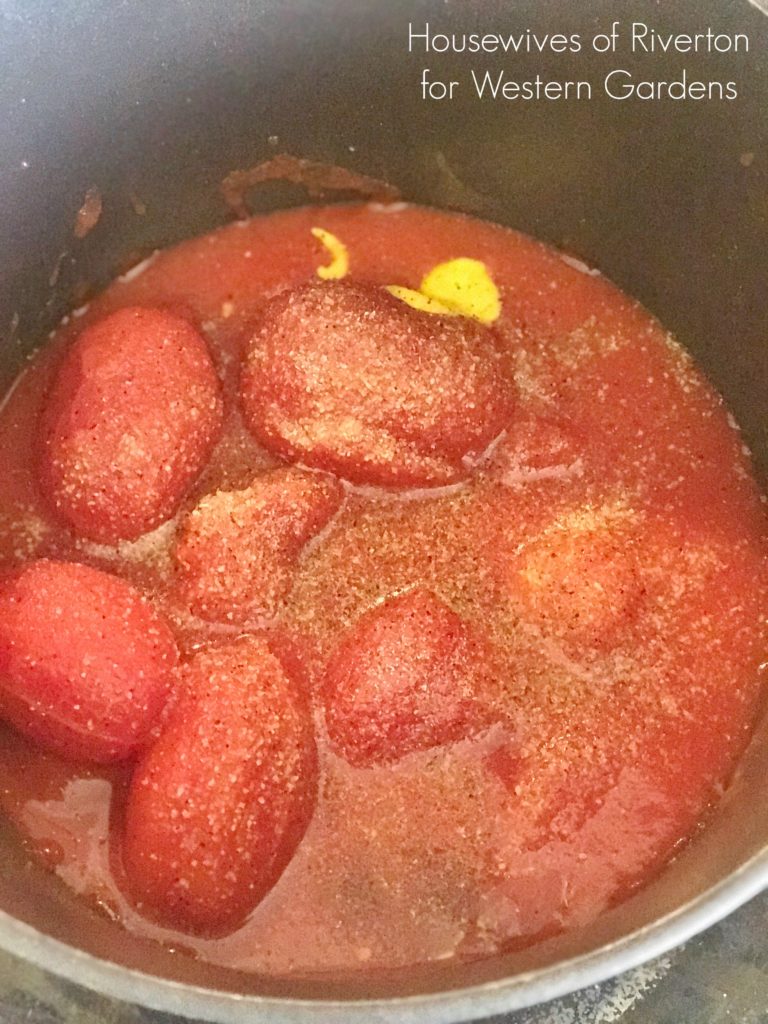
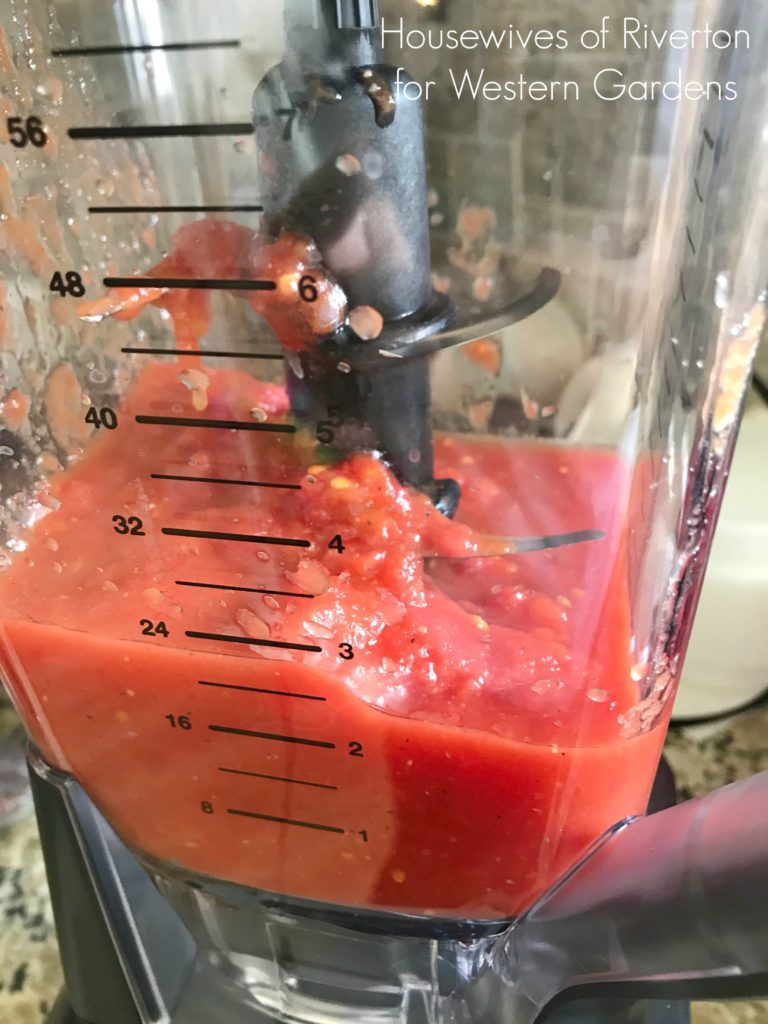


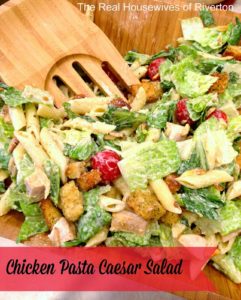

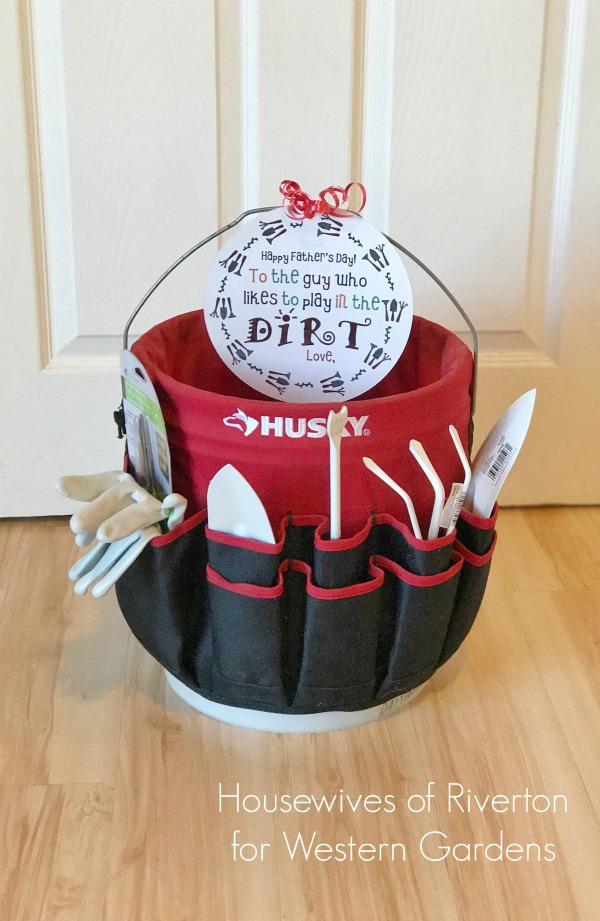 With Father’s Day just around the corner I’ve been thinking about useful gift ideas. My kids always love to give their dad his favorite candies, handmade cards/notes, a new tie, etc…all of these gifts are always greatly appreciated and graciously accepted. I thought it would be fun this year to put together a Gardening Tool Box and thanks to my local Western Gardens I was able to knock out most of my shopping in one place. I did get the Husky Bucket Jockey online (
With Father’s Day just around the corner I’ve been thinking about useful gift ideas. My kids always love to give their dad his favorite candies, handmade cards/notes, a new tie, etc…all of these gifts are always greatly appreciated and graciously accepted. I thought it would be fun this year to put together a Gardening Tool Box and thanks to my local Western Gardens I was able to knock out most of my shopping in one place. I did get the Husky Bucket Jockey online (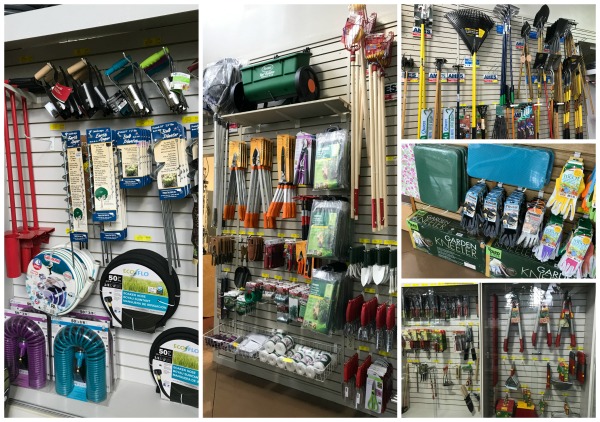 Check out all of this they have in stock, and this isn’t even everything. It was a great place to start our plan. There is a gift in the bag from each of the kids. It includes 2 different types of shovels, gloves, small rake, pruning shears, and weeder.
Check out all of this they have in stock, and this isn’t even everything. It was a great place to start our plan. There is a gift in the bag from each of the kids. It includes 2 different types of shovels, gloves, small rake, pruning shears, and weeder.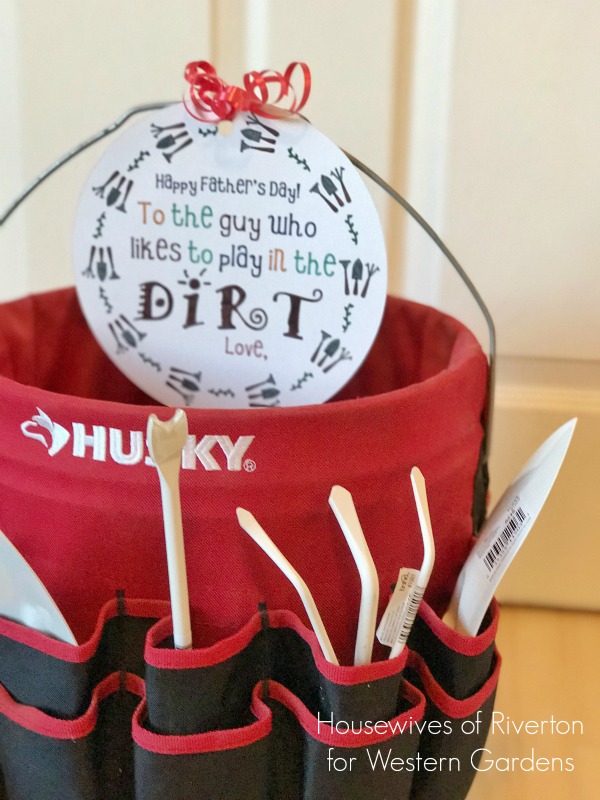
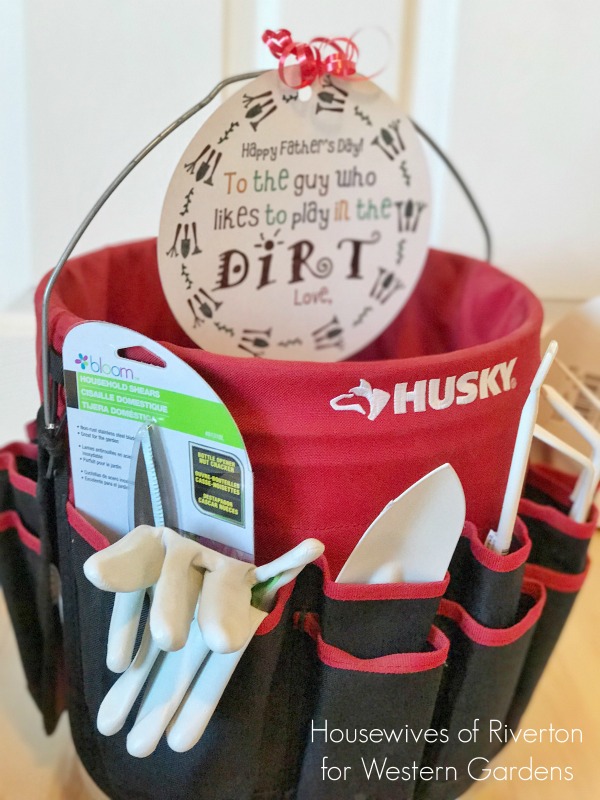 We loved the bucket jockey because it has pockets all on the outside and the inside to help keep everything organized. He can use the inside pockets to separate and organize seeds (the kids and I are each excited to pick a few different varieties to include in the kit) and being inside will keep them protected from the elements. Once the seeds are all planted the bucket can be used to easily gather weeds while out gardening or as a seat when needed.
We loved the bucket jockey because it has pockets all on the outside and the inside to help keep everything organized. He can use the inside pockets to separate and organize seeds (the kids and I are each excited to pick a few different varieties to include in the kit) and being inside will keep them protected from the elements. Once the seeds are all planted the bucket can be used to easily gather weeds while out gardening or as a seat when needed.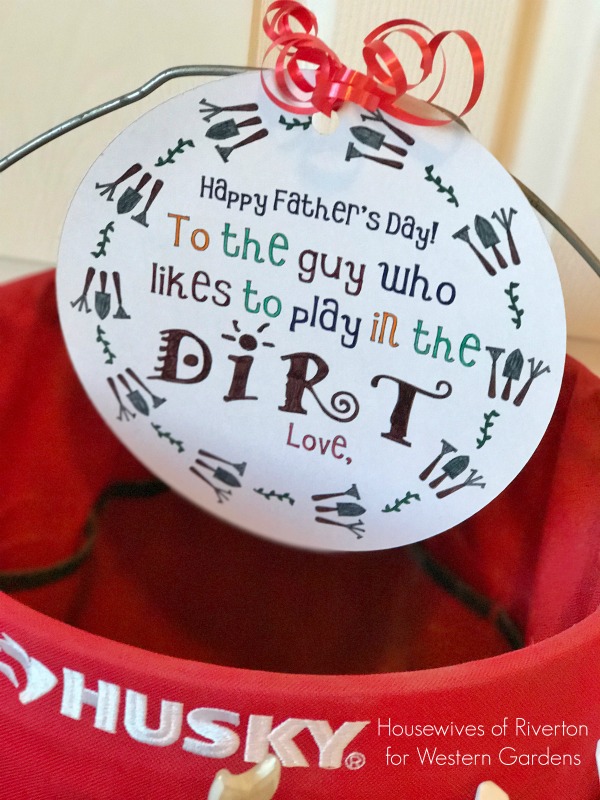 To top off the gift I created this Father’s Day tag perfect for the Gardening Tool Box. I designed it in black and white and it can be colored by the gift giver. It’s all all drawn and cut by the Cricut Explore which makes it an easy tag to make.
To top off the gift I created this Father’s Day tag perfect for the Gardening Tool Box. I designed it in black and white and it can be colored by the gift giver. It’s all all drawn and cut by the Cricut Explore which makes it an easy tag to make.